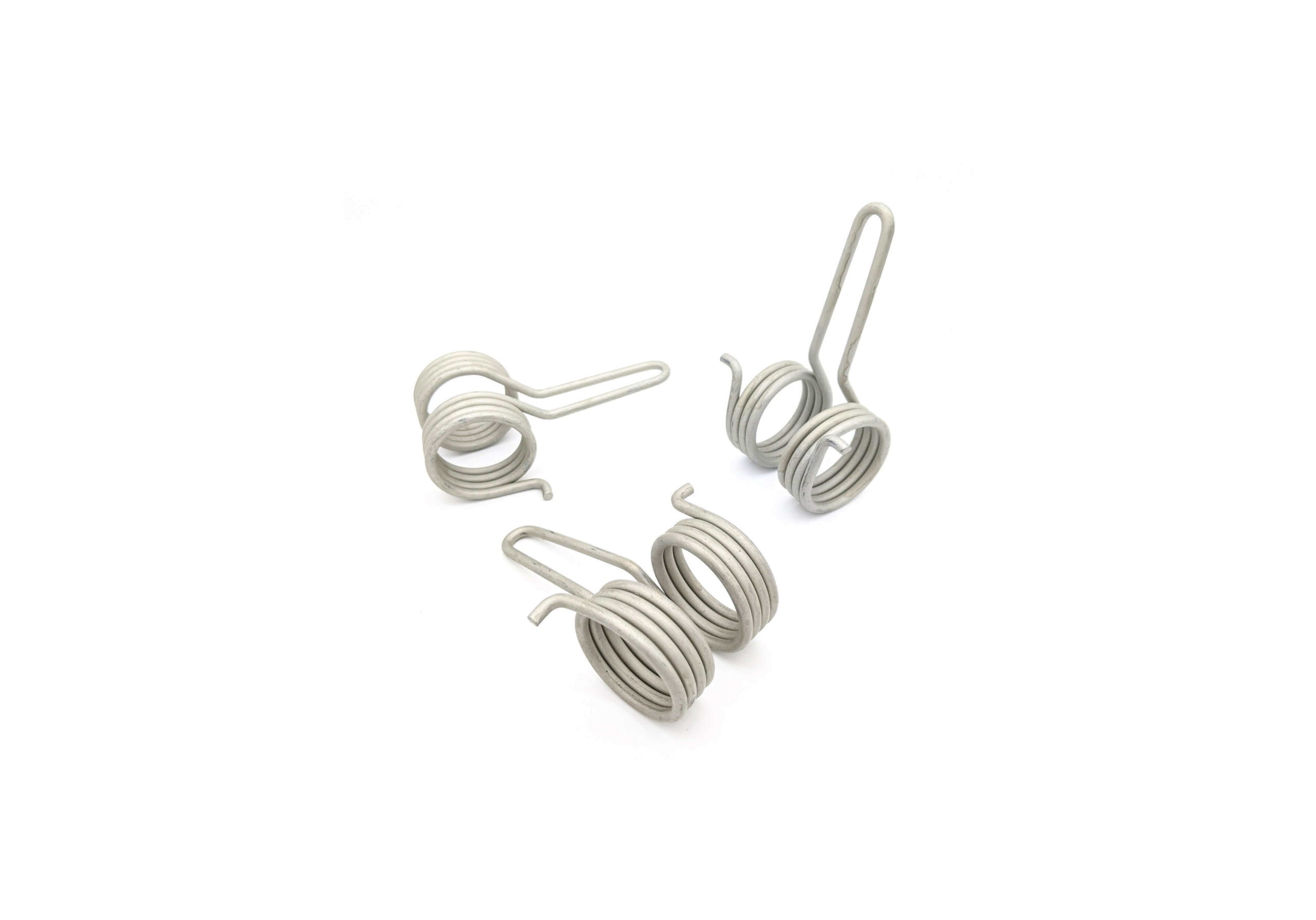Get unique, complex parts easily. No matter your requirements, Chaoyi Spring creates hard-to-produce coil springs and wire forms.
Let us help you create the custom wire form you need, from S-hooks and J-hooks to utility hooks and more.
We work closely with customers across a wide range of industries, helping them design and manufacture made-to-order parts.
Why choose Chaoyi Spring? We prioritize customer-focused collaboration, modern equipment and the latest technology to make your parts per print.
Find the information and guidance you need, from measuring a spring to learning about materials, placing an order and much more.
Springs are ubiquitous in our world, silently working behind the scenes to power everything from our car suspensions to the delicate mechanisms in our watches. Two fundamental types of springs,


Springs are ubiquitous in our world, silently working behind the scenes to power everything from our car suspensions to the delicate mechanisms in our watches. Two fundamental types of springs, tension and torsion springs, play crucial roles in different applications, each with unique characteristics. While they may seem similar at first glance, understanding the distinction between tension and torsion springs is key to choosing the right spring for your specific need. Let's delve into the world of springs and unravel the differences between these two vital components.

Imagine a rubber band, that's the simplest analogy for a tension spring. They are designed to work by stretching or extending. The force applied to a tension spring is axial, pulling it in a straight line. When you pull on a tension spring, it stores energy, and when released, that energy is used to return the spring to its original position. These springs are commonly used in:
Tension springs can be found in various shapes, including:
Torsion springs work by twisting. The force applied to a torsion spring is a torque or rotating force. They store energy when twisted and release it when allowed to unwind. Think of a spring-loaded clothespin; that's a torsion spring in action. Here are some common uses of torsion springs:
Torsion springs are also commonly found in:
The primary difference between tension and torsion springs lies in how they respond to the applied force. Tension springs stretch in response to a pulling force, while torsion springs twist in response to a twisting force. Here's a table to summarize the key differences:
| Feature | Tension Spring | Torsion Spring |
|---|---|---|
| Load Type | Axial force (pulling or stretching) | Torque (twisting force) |
| Motion | Stretching or extension | Rotation or twisting |
| Common Applications | Door closers, garage doors, clotheslines, mechanical clocks | Clocks, garage doors, mouse traps, car suspensions |
Selecting the correct spring for your application is crucial for optimal performance and safety. Here are some factors to consider:
By carefully considering these factors, you can choose the right spring for your application, ensuring smooth operation, durability, and longevity.
Tension and torsion springs are essential components in many mechanical devices, each playing a unique role. Understanding the difference between these two types of springs is crucial for selecting the right one for your application. Whether it's the gentle pull of a door closer or the powerful twist of a car suspension, springs continue to be vital components that make our world work.
Browse some of the custom wire forms and springs that we manufacture. Don’t see what you need? We specialize in made-to-order products that meet your application requirements.
Visit Our GalleryNeed a custom wire form or coil spring? We make it work. Fill out the contact form and a representative will respond within 1 business day. If you have a PDF or CAD file, you can submit to request a quote.